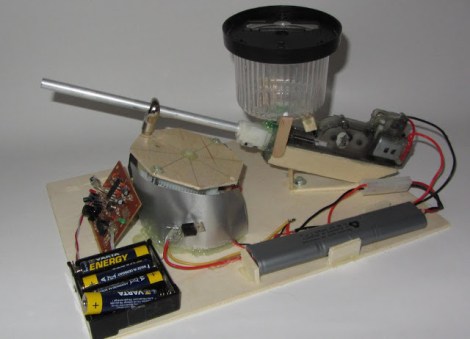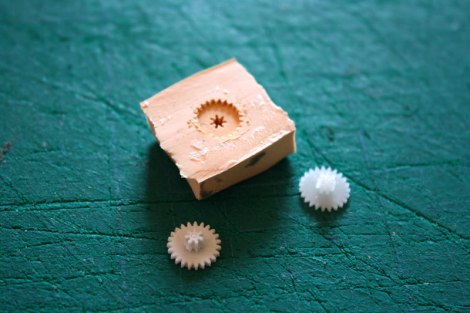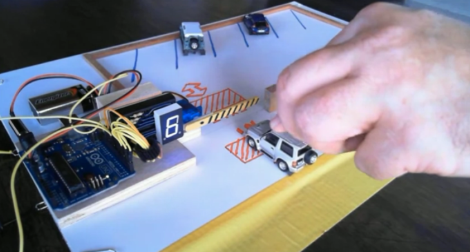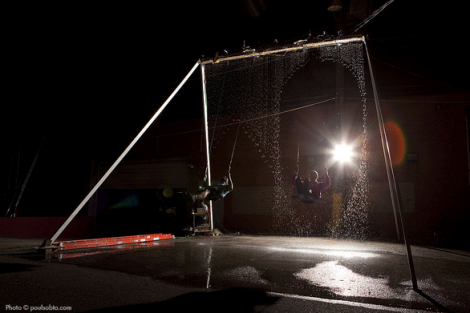
For reasons we can’t comprehend, model train layouts are incredibly popular in Germany. [Gerhard] is one of those model train aficionados that has moved far beyond a layout with a transformer controlling the speed of the train; he sent in a tip for a very tiny Rocrail server he built to control the locomotives moving across his layout.
[Gerhard] uses Rocrail – a control system for train layouts large or small. Rocrail comes in both client and server configurations. The client is able to run on iDevices or Android. [Gerhard]’s server runs on a very tiny Linux computer tucked away under the layout.
Instead of a Raspberry Pi ([Gehard] couldn’t get one in time for this build), he used a Carambola board. The Rocrail server is installed on this single board computer and connects to a CAN bus controller. It’s a step up from [Gehard]’s previous CAN/Ethernet gateway built around OpenWRT, and makes the entire device much smaller.
[Gehard] doesn’t have a video of his layout in action, but after the break you can see how much the German people love their model trains at Miniatur Wunderland in Hamburg.
















